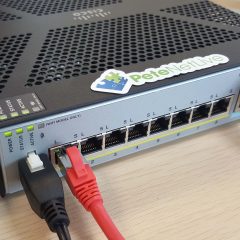Securing Cisco SSL VPN’s with Certificates
KB ID 0000335 Problem It’s been a while since I wrote a walk though on the Cisco AnyConnect/SSL VPN solution, and usually I secure these with Active Directory or simply using the local user database on the firewall. But what if you wanted to use certificates instead? Perhaps your users are too “technically challenged” to remember their passwords. Or you want to enable two factor authentication with...
Configure Cisco EasyVPN With Cisco ASA 5500
KB ID 0000337 Problem Site to site VPN’s are great for main office to branch office connections, but for remote workers in a SOHO environment obtaining a static IP address can be expensive and time consuming. Traditionally remote workers will use either AnyConnect or IPSEC Remote VPN’s. However Cisco have a system which lets you have a main site (or sites), with a static IP, that acts as the EasyVPN server, then remote...


